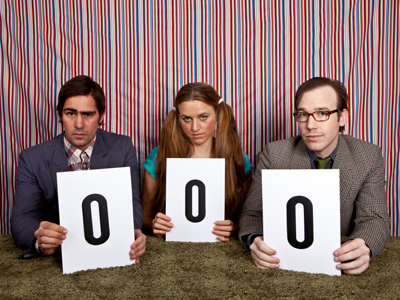
Ask the AI Tutor
Need help with Compare and Order Numbers (Year 4)? Ask our AI Tutor!
AI Tutor - Lucy
Connecting with Tutor...
Please wait while we establish connection

0 lies between -1 and 1 on a numberline.
Compare and Order Numbers (Year 4)
Numbers can be compared by looking at their size. Ordering numbers from smallest to largest helps us understand patterns, solve problems, and spot differences clearly.
1 .
What does this symbol mean >?
Less than
Greater than
Equal to
Greater than or equal to
The largest part of the symbol will be next to the largest number e.g. 3 > 2
2 .
Which of these numbers is greater?
4,561
4,516
4,615
4,651
4,651 and 4,615 both have 4 thousands and 6 hundreds but 4,651 has 5 tens while 4,615 only has 1
3 .
Which is the smallest number?
5,478
5,748
5,847
5,784
All of the numbers have 5 thousands but 5,478 only has 4 hundreds, while all the rest have 7 or 8
4 .
Which number is fewer than 53?
45
54
68
55
I hope you got this one right!
5 .
Which is the longest distance?
9,412 m
9,214 m
9,421 m
9,241 m
9,421 and 9,412 both have 9 thousands and 4 hundreds but 9,421 has 2 tens while 9,412 only has 1
6 .
Which of these numbers is the largest?
0.2
1.3
0.9
1.1
Decimals can be confusing. If two numbers share the same ones (like 1.3 and 1.1) then the one with the highest tenths is higher
7 .
Which number comes next? -3, -2, -1
0
1
2
3
0 is between -1 and 1
8 .
Which number lies halfway between 1,020 and 1,050?
1,030
1,035
1,040
1,045
1,020 + 15 = 1,035 and 1,050 - 15 = 1,035 too
9 .
Which number comes after -4 on a number line, counting down?
-2
-3
-5
-1
A number line with negative numbers would be -5, -4, -3, -2, -1
10 .
What does this symbol mean < ?
Less than
Greater than
Equal to
Greater than or equal to
The smallest part of the symbol will be next to the smallest number e.g. 2 < 3
**Unlimited Quizzes Await You! 🚀**
Hey there, quiz champ! 🌟 You've already tackled today's free questions.
Ready for more?
Ready for more?
🔓 Unlock UNLIMITED Quizzes and challenge yourself every day. But that's
not all...
not all...
🔥 As a Subscriber you can join our thrilling "Daily Streak" against other
quizzers. Try to win a coveted spot on our Hall of Fame Page.
quizzers. Try to win a coveted spot on our Hall of Fame Page.
Don't miss out! Join us now and keep the fun rolling. 🎉
**Unlimited Quizzes Await You! 🚀**
Hey there, quiz champ! 🌟 You've already tackled today's free questions. Ready for more?
🔓 Unlock UNLIMITED Quizzes and challenge yourself every day. But that's not all...
🔥 As a Subscriber you can join our thrilling "Daily Streak" against other quizzers. Try to win a coveted spot on our Hall of Fame Page.
Don't miss out! Join us now and keep the fun rolling. 🎉






